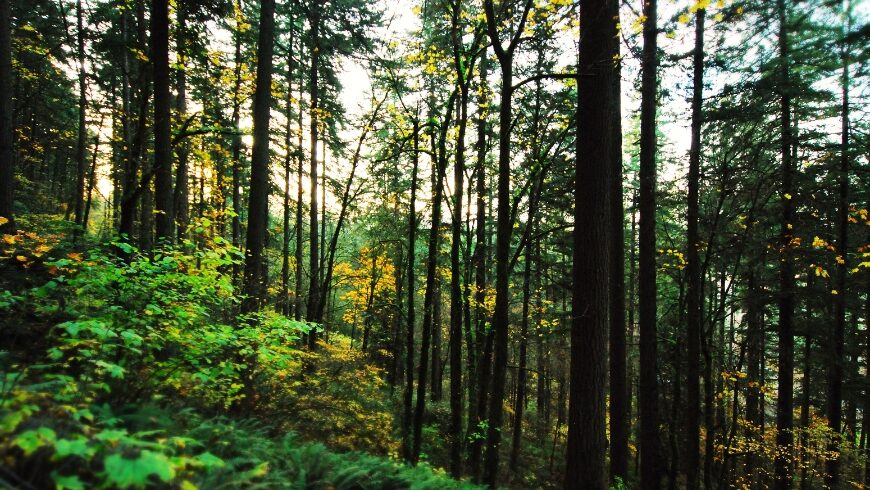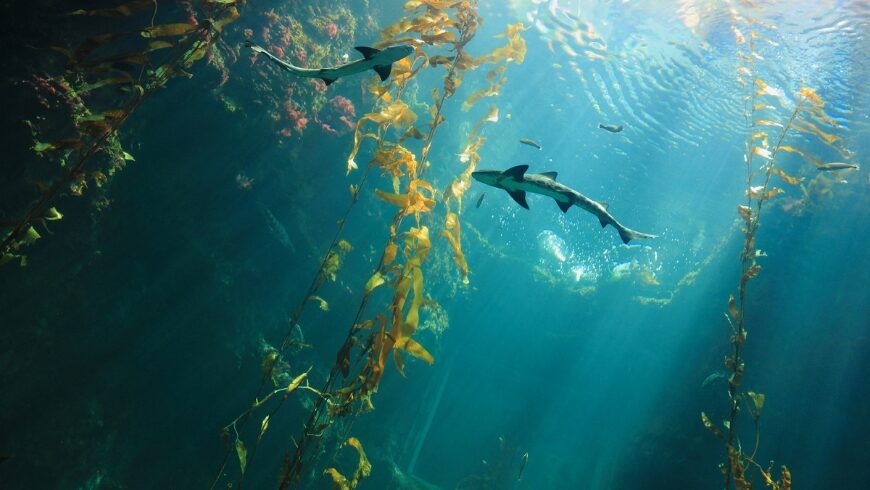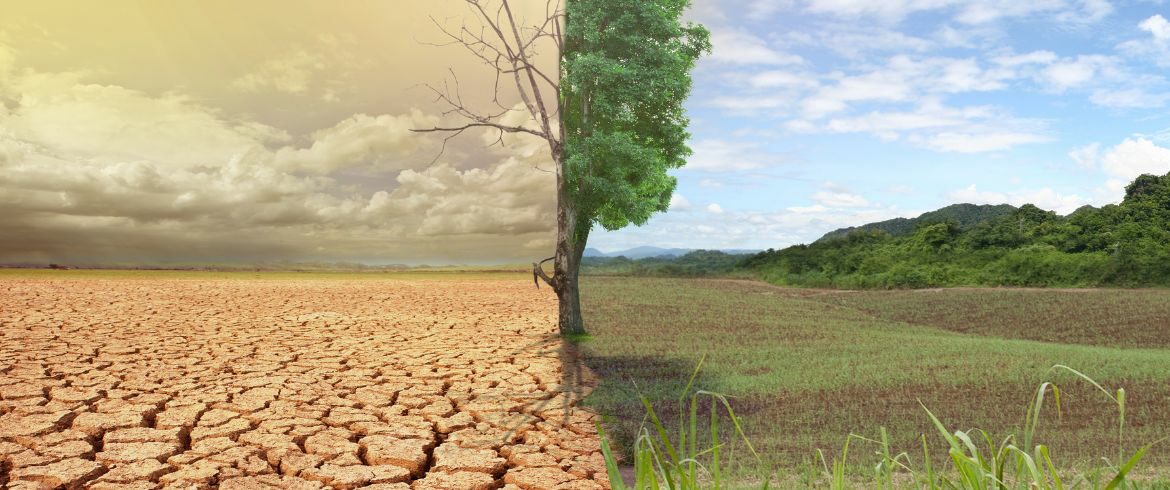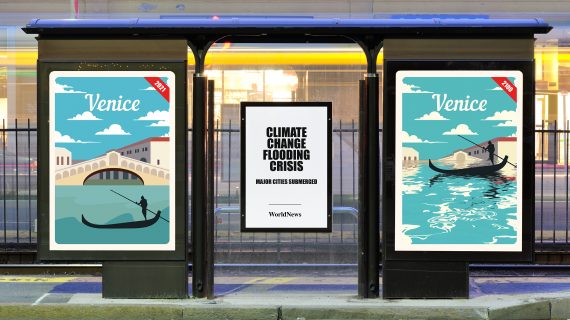Our planet is more alive than we used to think. Besides responding to human influence, the Earth goes through its process of change. Perhaps the biggest mistake we humans made is that we thought we could own parts of our planet. However, the global climate is changing and parts of the globe that were once cold are now getting warm. The oceans rise and soon certain coastal areas will become unhabitable. We have two options at this point: we start migrating as the climate changes or we try to influence global warming. It’s clear that the latter is a more reasonable option, so we have to consult science for help with climate change. Here are a few ideas that show how science can change global warming in our favor.
Maximizing the use of digital technology
These days students rely on digital technology more than ever. We can get online help from professional writers. However, besides figuring out how to write an essay, the digital world offers environmental benefits. Thanks to digital technology I can write my essays without the waste of paper. Cloud services allow students to collaborate on a project remotely. This means the chance to submit the best quality paper while working as a group online. It reduces the need for travel, printing, and other activities with a high carbon footprint.
The problem with digital technology is the use of electricity. Servers utilize electricity for power and cooling. The more digital solutions we use, the more servers we need to build. This is where scientists should put maximum effort to reduce the need for resources. New types of servers, internet connectivity, and memory devices could reduce the greenhouse effect by a lot.

Keeping the forests alive
We cut down trees at an industrial level for centuries. Trees produce oxygen, provide living space for
other animals, and offer other environmental benefits. We are reaching the point where deforestation is
a serious climate issue. To keep the forests alive, we need to adopt alternative solutions. This includes
finding new ways to use tree processing residue, old paper, and different plants. These methods won’t
end deforestation but put it on a reasonable level. Forests will have enough time to recuperate and that
would reduce the negative effect on our climate.
Thanks to advances in genetic research, scientists could create advanced species of trees. Some are
more resilient, grow faster, or multiply at a rapid pace. This would allow us to plant massive forests in
those areas where trees naturally don’t grow that successfully.

Keeping the oceans clean
Our oceans are home to species that also have a significant influence on Earth’s climate. These organisms produce oxygen, provide food for each other, and influence hot and cold-water circulation. If we continue to pollute our oceans we could irreversibly destroy the marine flora and fauna. Scientists are working on new ways to protect and clean our waters, but more effort is needed.
The Ocean Cleanup Project is a group endeavor to get rid of the plastic that pollutes our oceans. Thanks to gigantic nets, epically designed to pick up the plastic we can make our oceans safe for animals and
plants that live in the Pacific and other large bodies of water. This non-profit organization also tends to
prevent future pollution with its new models. Scientists and engineers develop systems that should get
rid of up to 90 percent of the pollution.

Changing the food industry
The global population is growing at a significant rate. This is thanks to the higher standard of living, better healthcare systems, and more affordable housing. This, however, means we need to produce more food. Farms are industrializing food production, thus increasing carbon emissions. Plant-based nutrition is a good alternative, but humans need meat in their diet, as well.

Luckily, scientists are figuring out ways to create meat away from cattle farms. Artificial Intelligence, combined with genetic research allows us to enjoy 3D-printed meat. This technology is still not affordable to a wide population, however. It’s up to the scientific community to make this technology less costly, so it could replace cattle farms as we know them today.
Conclusion
Our planet is more than just a rock that floats through space. It has a pulse of its own, and we need to be careful not to disrupt its pace. Scientists are becoming more aware of their role in protecting the climate. The advancements in digital technology, genetics, and engineering are our best hope for the preservation of our Earth. As we can see, a lot of effort is being made, and more improvements are coming soon, too.
Author Bio: Cory Shilling is a copywriter dedicated to different topics. Cory writes pieces that inform and entertain the readers. Her work is based on information that comes from reliable sources of data. She enjoys sharing practical pieces of information that improve the everyday lives of her audience.




